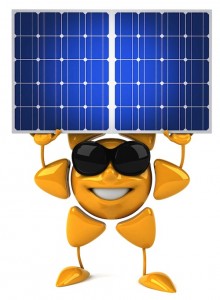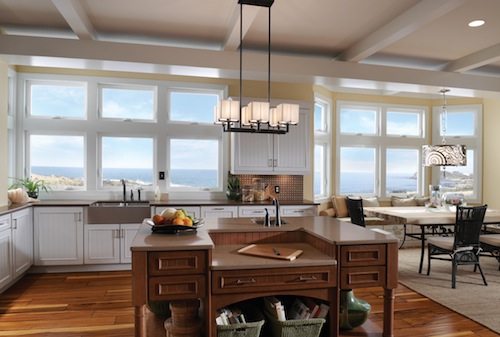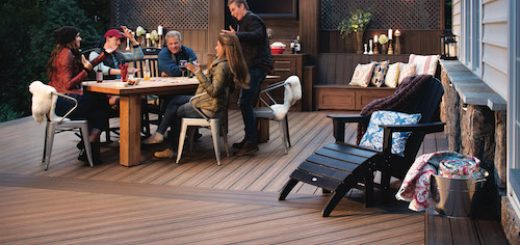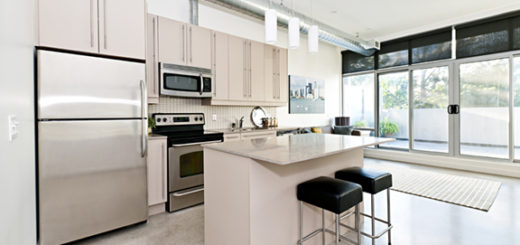Renewable Energy Comes Home
Whenever coal or oil or natural gas is burned to produce electrical energy it is not replaceable within our lifetimes. That is why there is a search to find energy sources that are “Renewable” such as solar energy (sunlight), wind, tides, rain (stored behind dams with hydroelectric generators), and geothermal heat.
Solar Energy
Within the last 15-20 years there has been the search for practical renewable energy sources for the individual residence or business. Solar energy has been the leader for the individual user as solar panel technology has become more efficient at generating electricity from sunlight and power companies have “seen the light” and allowed surplus energy generated to be sold to them reducing the cost of energy “off the grid.”
Renewable Energy Improvements
Between these three areas, energy efficiency in the United States has greatly improved but now there is technology coming on line that may even make wind power desirable for the individual home or business. It’s called a Hybrid Power Generator, which uses rare earth magnets providing mechanical to electrical efficiencies of greater than 97%. This supposedly achieves lower operating temperatures, more output voltage, and allows direct connection to a Grid-Tied Inverter reducing utility power requirements and providing additional surplus energy to the grid.
Energy Efficient Appliances
Another development has been the development of more energy efficient appliances that earn the independently certified Energy Star rating. These include home appliances such as heating and air conditioning units, water heaters, refrigerators, dishwashers, washing machines and dryers and even light bulbs. The LED light bulb has no mercury and uses 1/10 of the energy of the incandescent bulb and 1/2 that of the Compact Fluorescent and lasts 10 years under normal usage.
Home Building and Design
 Homes themselves have undergone changes with double pane windows, better insulation, more efficient central heating an air conditioning and ducting, better heat and cold regulation and the use of recycled building materials. These all add up to less energy consumed in the home and Energy Star ratings for some designs.
Homes themselves have undergone changes with double pane windows, better insulation, more efficient central heating an air conditioning and ducting, better heat and cold regulation and the use of recycled building materials. These all add up to less energy consumed in the home and Energy Star ratings for some designs.
Much of our economy and quality of life depends on energy and the more efficient we are in its use, the less impact we are making on our environment and on our world’s limited resources.








